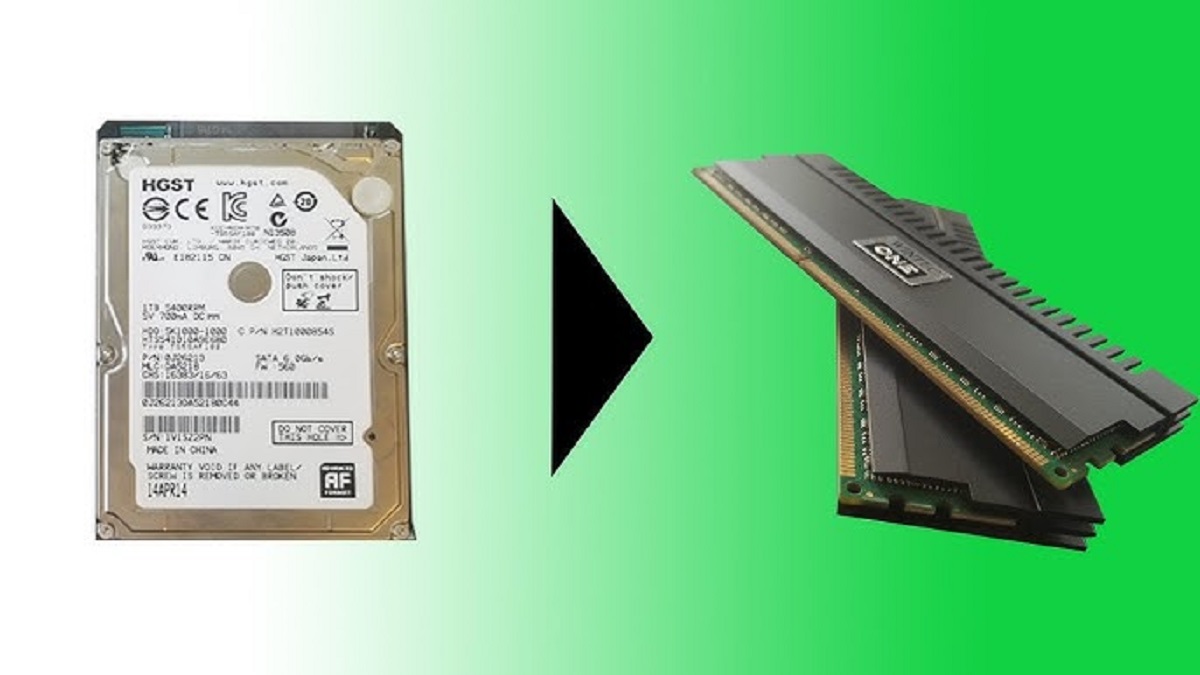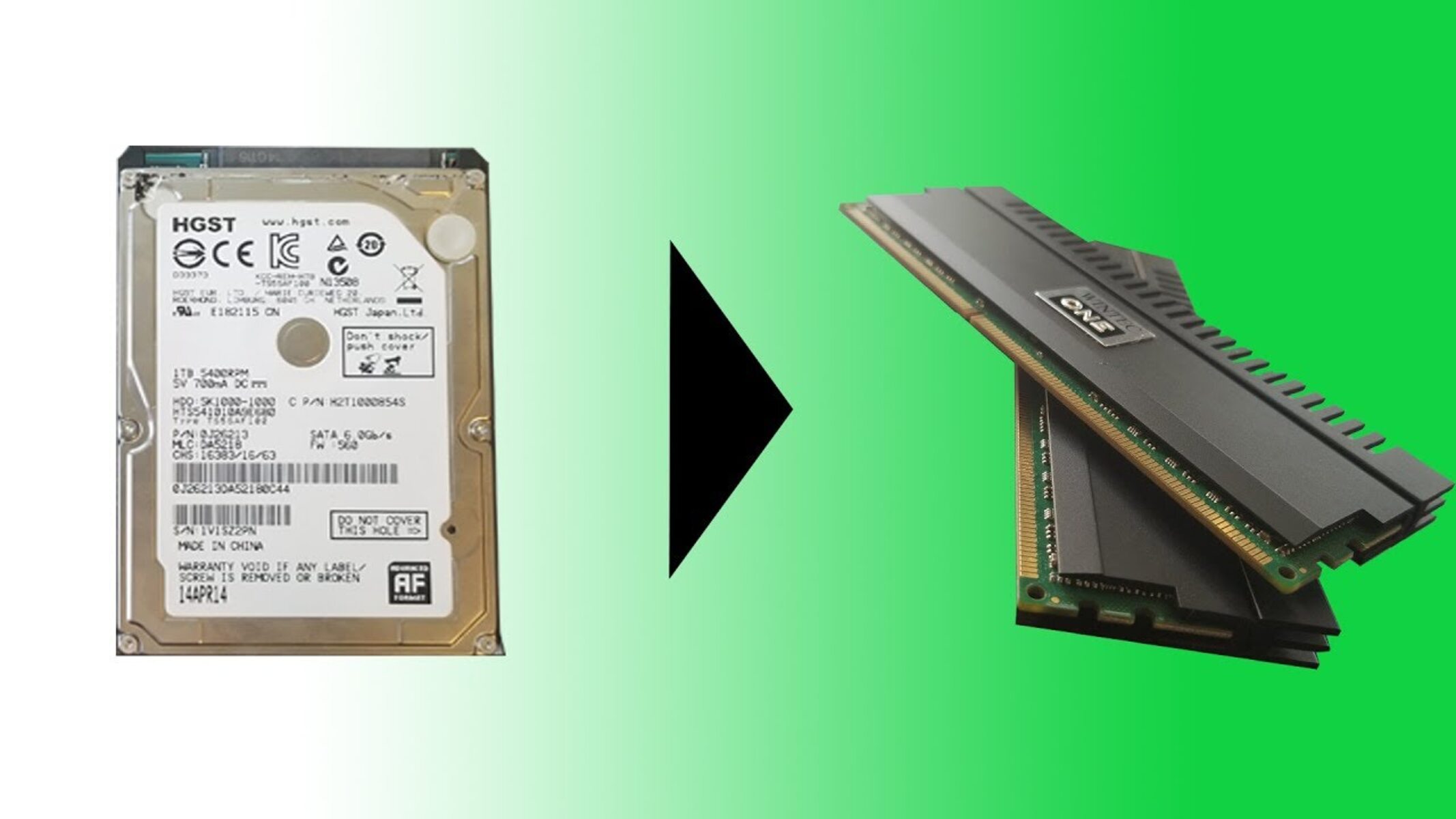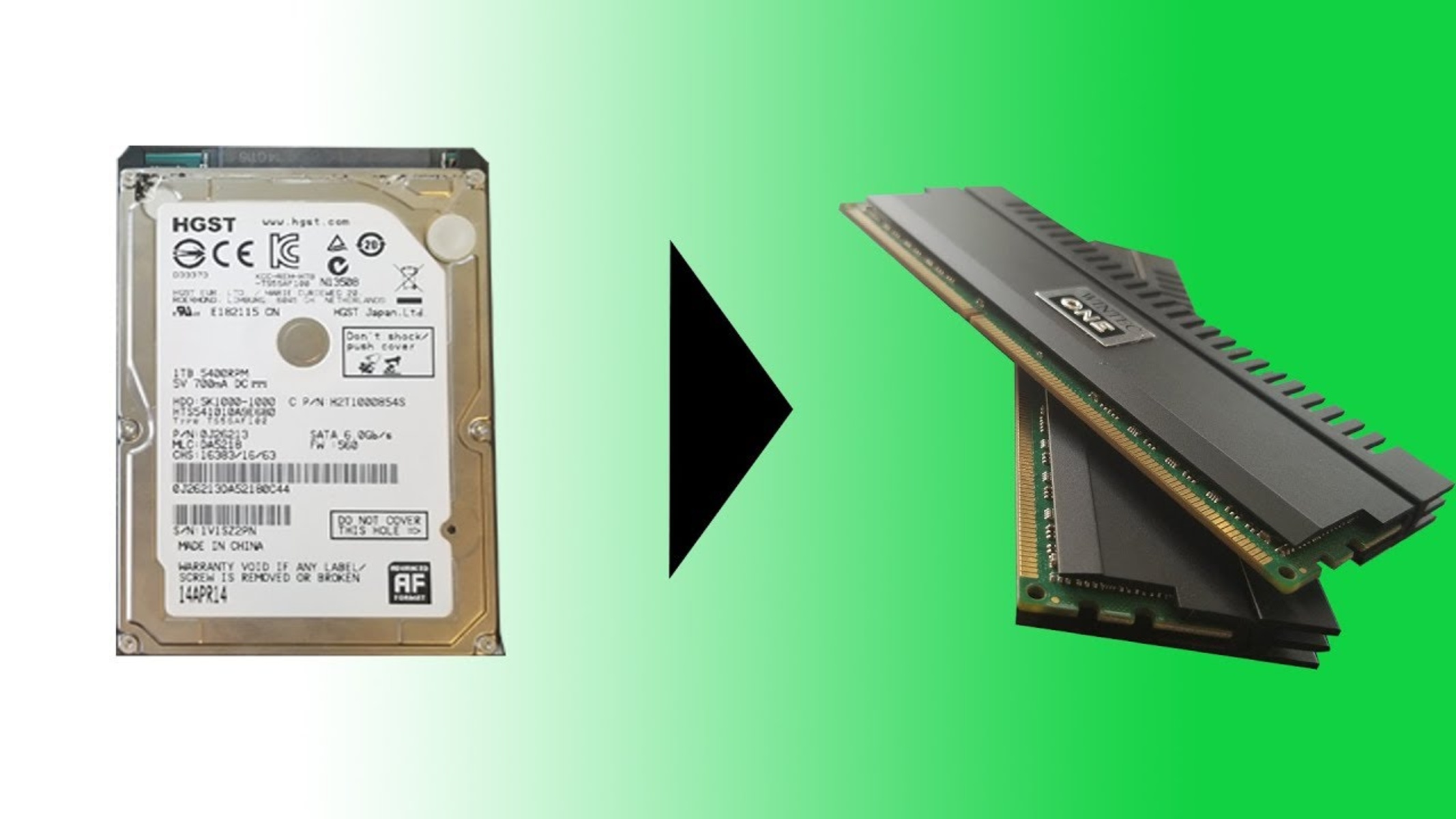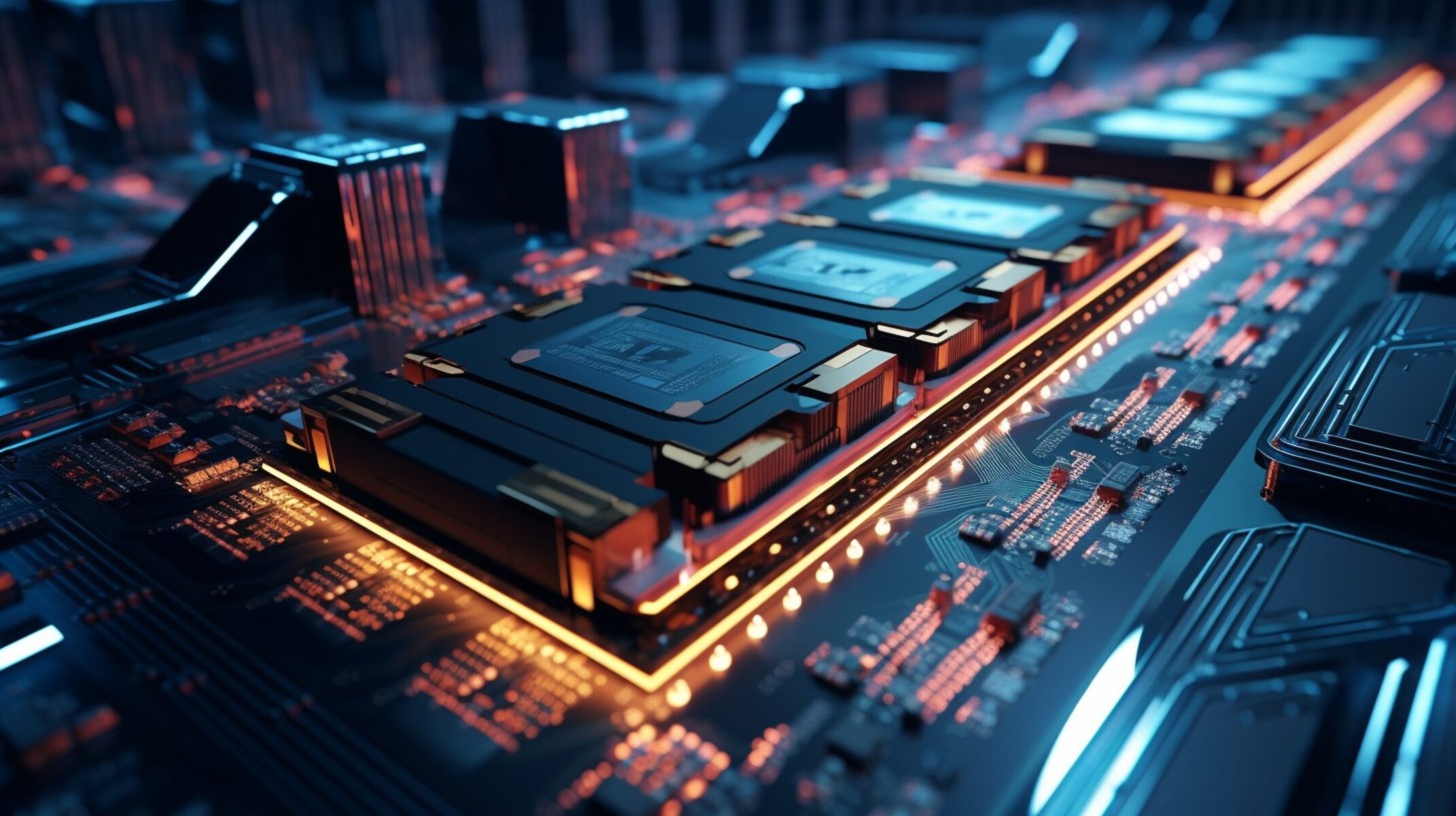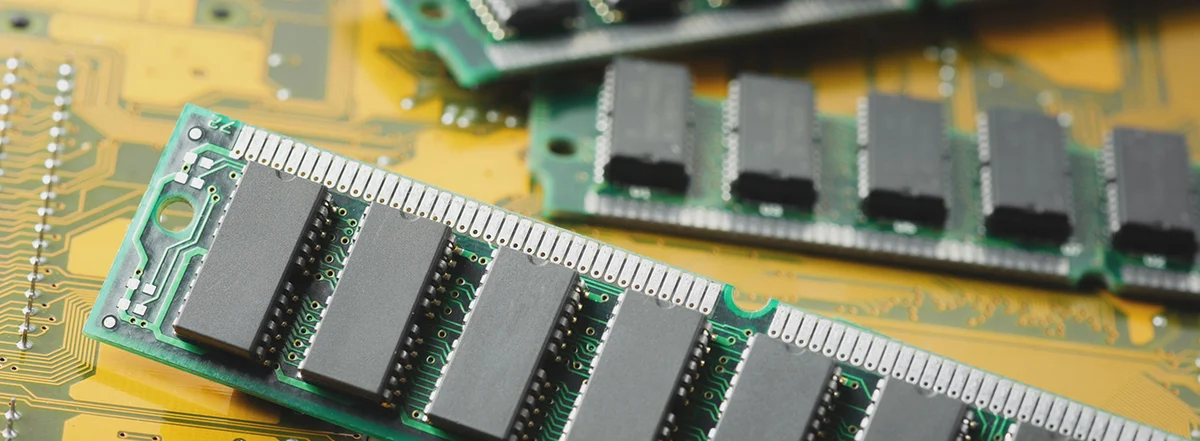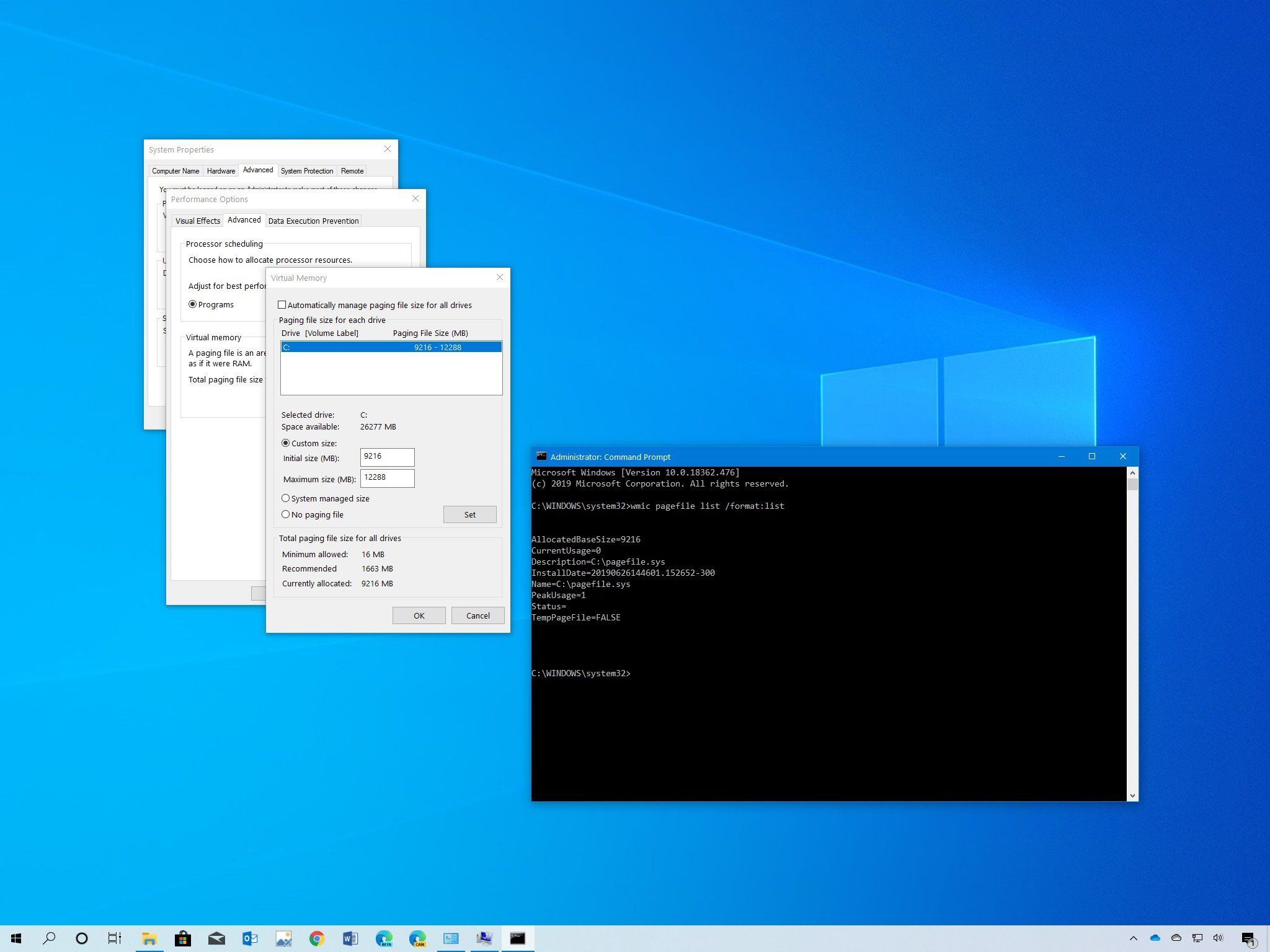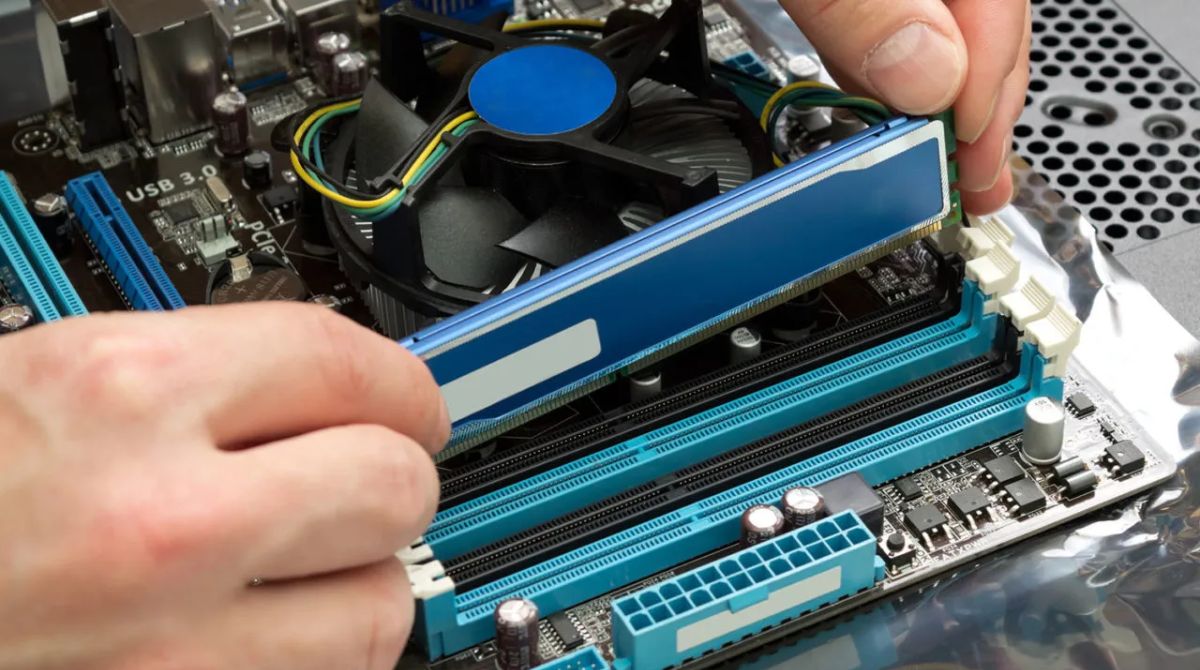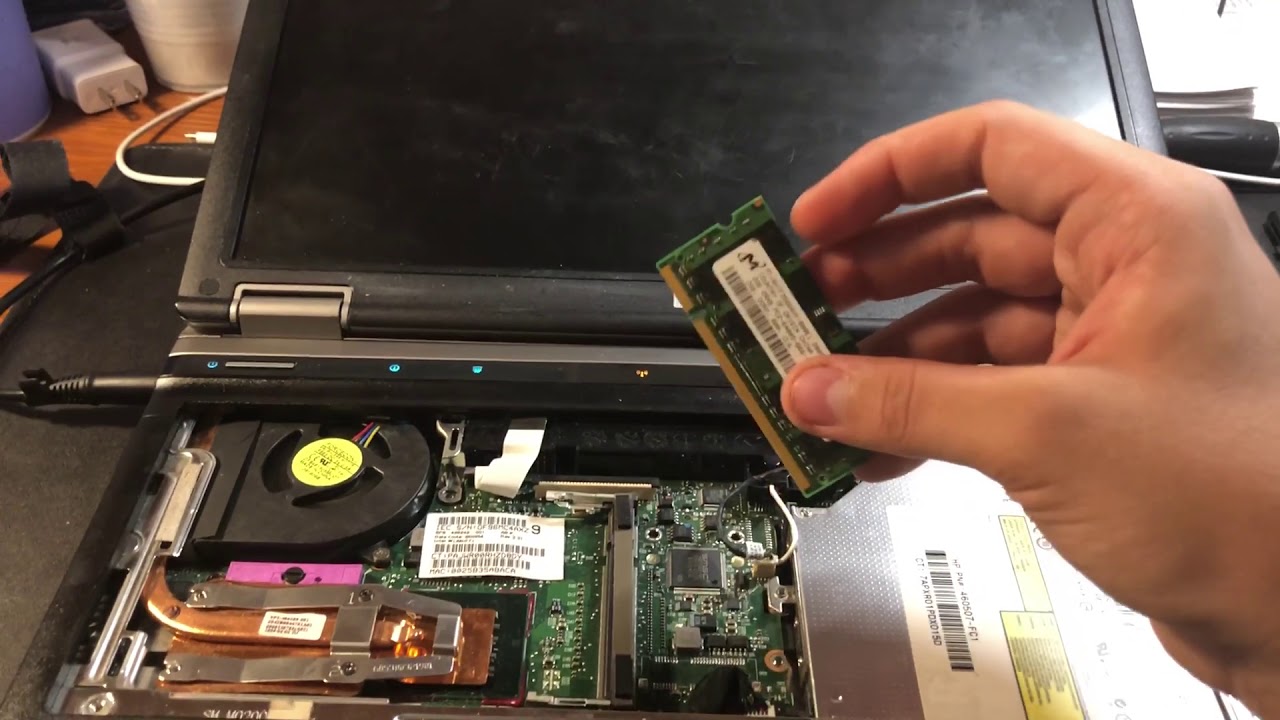Introduction
Have you ever wished that your computer could handle more tasks and run faster? If so, you may be interested in allocating hard drive space to RAM. RAM, or Random Access Memory, is a crucial component of any computer system. It temporarily stores the data that is actively being used by the CPU, allowing for faster processing speeds and smoother multitasking.
By allocating hard drive space to RAM, you essentially create a virtual memory that can supplement the physical memory available on your computer. This can be especially beneficial if you find that your computer often runs out of memory and becomes sluggish when running multiple applications simultaneously.
In this article, we will go over what RAM is, why allocating hard drive space to RAM can be advantageous, the compatible operating systems, and the steps to allocate hard drive space to RAM. Whether you are a casual computer user or a tech enthusiast, this guide will provide you with the necessary knowledge and steps to optimize your computer’s performance.
What is RAM?
RAM, short for Random Access Memory, is a vital component of any computer system. It is a form of computer memory that allows data to be read, written, and accessed quickly by the CPU (Central Processing Unit). Unlike the computer’s hard drive, which is a non-volatile storage device, RAM is a volatile memory, meaning that its content is lost when the computer is powered off.
RAM plays a crucial role in the overall performance of a computer. When you open an application or run a program, the data related to that program is loaded from the hard drive into the RAM. This allows the CPU to quickly access and process the data, resulting in a faster and more responsive computing experience.
The amount of RAM installed on a computer determines how many programs or tasks it can handle simultaneously. If the computer runs out of available RAM, it may start using the hard drive as a substitute, a process known as paging or swapping. However, accessing data from the hard drive is significantly slower than accessing it from RAM, which can significantly impact performance.
RAM is typically measured in gigabytes (GB) or megabytes (MB). The more RAM a computer has, the more data it can store temporarily, allowing for smoother multitasking and faster program execution. Modern operating systems and memory-intensive applications often require a minimum amount of RAM to function optimally, so having an adequate amount of RAM is essential to ensure optimal performance.
Overall, RAM acts as a temporary storage space where data can be accessed quickly by the CPU. By having a sufficient amount of RAM, you can enhance your computer’s performance and speed, allowing you to run multiple applications simultaneously without experiencing slowdowns or crashes.
Why Allocate Hard Drive Space to RAM?
Allocating hard drive space to RAM can be a game-changer for your computer’s performance. While physical RAM is limited by the hardware specifications of your computer, allocating additional virtual memory from your hard drive can provide a temporary solution to boost your system’s capabilities. Here are some key reasons why allocating hard drive space to RAM can be beneficial:
1. Improved multitasking: With more RAM available, your computer can handle multiple tasks simultaneously without experiencing sluggishness or delays. This can be particularly useful if you often work with resource-intensive applications or frequently switch between various programs.
2. Enhanced performance for memory-intensive applications: Applications such as video editing software, graphic design tools, and virtual machines consume a significant amount of memory. By allocating hard drive space to RAM, you can provide these memory-hungry applications with the resources they need, resulting in smoother performance and faster rendering times.
3. Reduced reliance on disk swapping: When your computer runs out of available physical RAM, it uses a process called virtual memory or swapping, which involves moving data between the RAM and the hard drive. This can slow down your system as accessing data from the hard drive takes more time compared to RAM. Allocating additional virtual memory means your system will rely less on swapping, resulting in improved speed and responsiveness.
4. Cost-effective solution: Upgrading physical RAM can be costly, especially for older computers or laptops. Allocating hard drive space to RAM provides a temporary workaround without requiring any additional hardware purchases. This allows you to maximize the performance of your existing system without breaking the bank.
5. Improved overall system stability: With more RAM available, your computer will have a larger buffer to store and process data. This can lead to improved system stability, as it reduces the chances of running out of memory and encountering crashes or system freezes.
While allocating hard drive space to RAM can provide noticeable performance improvements, it’s important to keep in mind that virtual memory is not as fast as physical RAM. Therefore, it should be considered as a temporary solution rather than a long-term replacement for upgrading your system’s physical memory. However, it remains a valuable option for optimizing your computer’s performance and extending its capabilities within the limits of your hardware.
Compatible Operating Systems
Allocating hard drive space to RAM is a functionality that can vary depending on the operating system you are using. While it is a common feature in many modern operating systems, it is important to check if your specific OS supports this functionality. Here are some popular operating systems and their compatibility with allocating hard drive space to RAM:
1. Windows: Most versions of the Windows operating system, including Windows 10, Windows 8, and Windows 7, support the ability to allocate hard drive space to RAM. This feature, known as “Virtual Memory” in Windows, allows you to extend your computer’s virtual memory by utilizing space on the hard drive.
2. macOS: macOS, the operating system used by Apple’s Mac computers, also supports the allocation of hard drive space to RAM. In macOS, this feature is called “Virtual Memory” and is enabled by default. However, you can adjust the settings to customize the size of the virtual memory on your Mac.
3. Linux: Linux distributions, known for their flexibility and customization options, also offer the ability to allocate hard drive space to RAM. Depending on the specific Linux distribution you are using, the process of setting up and configuring virtual memory may vary. It is advisable to refer to the documentation or community forums of your particular Linux distribution for specific instructions.
It is worth noting that while most modern operating systems support the allocation of hard drive space to RAM, the terminology and settings may differ slightly. In some cases, the feature may be enabled by default, while in others, you may need to manually configure the virtual memory settings.
Before proceeding with the allocation of hard drive space to RAM, it is recommended to check the official documentation or support resources provided by your operating system’s manufacturer. This ensures that you have the most accurate and up-to-date information on how to enable and configure virtual memory on your specific OS version.
By determining the compatibility of your operating system with the allocation of hard drive space to RAM, you can take full advantage of this functionality and optimize the performance of your computer.
Steps to Allocate Hard Drive Space to RAM
Allocating hard drive space to RAM can be done by adjusting the virtual memory settings on your computer. The process may vary slightly depending on the operating system you are using, but the general steps are as follows:
- Open the System Properties: Navigate to the Control Panel (Windows) or System Preferences (macOS) and open the System Properties or System settings.
- Find the Virtual Memory settings: Look for the “Advanced System Settings” option (Windows) or the “Memory” or “RAM” option (macOS).
- Adjust the virtual memory settings: In the Virtual Memory or Memory settings, you will see an option to change the size of the paging file or virtual memory. Select this option.
- Select your hard drive as the location: Once you are in the virtual memory settings, choose your hard drive as the location for the allocated space. You may have the option to allocate a specific amount of space or let the system automatically manage it.
- Set the allocated space: Specify the amount of hard drive space you want to allocate to virtual memory. It is recommended to allocate a size slightly larger than the physical RAM installed on your computer for optimal performance.
- Apply the changes and restart your computer: Save the changes you have made to the virtual memory settings and restart your computer for the changes to take effect.
It’s important to note that while allocating hard drive space to RAM can improve performance, it should be done judiciously. Allocating an excessive amount of virtual memory may lead to reduced hard drive space and slower performance. It is recommended to allocate a size that strikes a balance between increased memory and available storage.
If, after allocating hard drive space to RAM, you encounter any issues or notice a decline in performance, you can revert the changes by following the above steps and selecting the option to let the system manage the virtual memory automatically.
By following these steps, you can allocate hard drive space to RAM and optimize your computer’s performance for smoother multitasking and faster program execution.
Additional Tips
In addition to allocating hard drive space to RAM, there are a few additional tips that can help optimize your computer’s performance and make the most of the available resources:
- Upgrade physical RAM: If your computer frequently runs out of memory or you work with memory-intensive applications, consider upgrading the physical RAM. This will provide a more permanent and significant boost to your system’s performance.
- Close unnecessary applications: Running multiple applications simultaneously can consume a significant amount of memory. Close any unnecessary applications to free up RAM for the tasks at hand.
- Update your operating system: Keeping your operating system up to date ensures that you have the latest bug fixes, security patches, and performance improvements. Check for updates regularly and install them as they become available.
- Regularly clean up your hard drive: Over time, your hard drive can become cluttered with unnecessary files and data. Regularly clean up your hard drive by removing temporary files, clearing browser caches, and organizing your files to free up space and improve performance.
- Use lightweight applications: Opt for lightweight or browser-based applications whenever possible, as they require less memory and resources to run. This can help reduce strain on your system and enhance overall performance.
- Consider using an SSD: Solid State Drives (SSDs) are faster than traditional hard disk drives (HDDs) due to their lack of moving parts. Upgrading to an SSD can significantly improve your system’s overall responsiveness and speed.
- Keep an eye on resource usage: Use the task manager or activity monitor provided by your operating system to monitor resource usage. This will help you identify any applications or processes that are consuming excessive memory and take appropriate action.
Implementing these additional tips alongside allocating hard drive space to RAM will further enhance your computer’s performance and ensure a smooth computing experience.
Remember, optimizing performance is a continuous process, and it’s important to regularly maintain your system to keep it running at its peak efficiency. By following these tips, you can make the most of the available resources and ensure that your computer performs optimally for your needs.
Conclusion
Allocating hard drive space to RAM can be a practical solution to improve your computer’s performance and optimize its multitasking abilities. With more RAM available, you can reduce reliance on disk swapping, enhance the execution speed of memory-intensive applications, and enjoy smoother overall system performance.
In this article, we have explored what RAM is and why allocating hard drive space to RAM can be advantageous. We have also discussed the compatible operating systems and provided step-by-step instructions to allocate hard drive space to RAM. Additionally, we have offered some additional tips to further enhance your computer’s performance.
While allocating hard drive space to RAM can provide temporary improvements, it is important to remember that it is not a substitute for upgrading physical RAM. Physical RAM upgrades are the most effective and long-lasting solution for boosting your system’s memory capabilities. However, by allocating hard drive space to RAM, you can maximize the performance of your current system without incurring additional hardware costs.
Remember to carefully adjust the virtual memory settings and find the optimal balance between increased memory and available storage. Regularly maintain your system, update your operating system, and clean up your hard drive to ensure optimal performance over time.
By following the steps outlined in this article and employing the additional tips, you can significantly improve your computer’s performance, handle multiple tasks seamlessly, and enhance your overall productivity and enjoyment of your digital experience.







